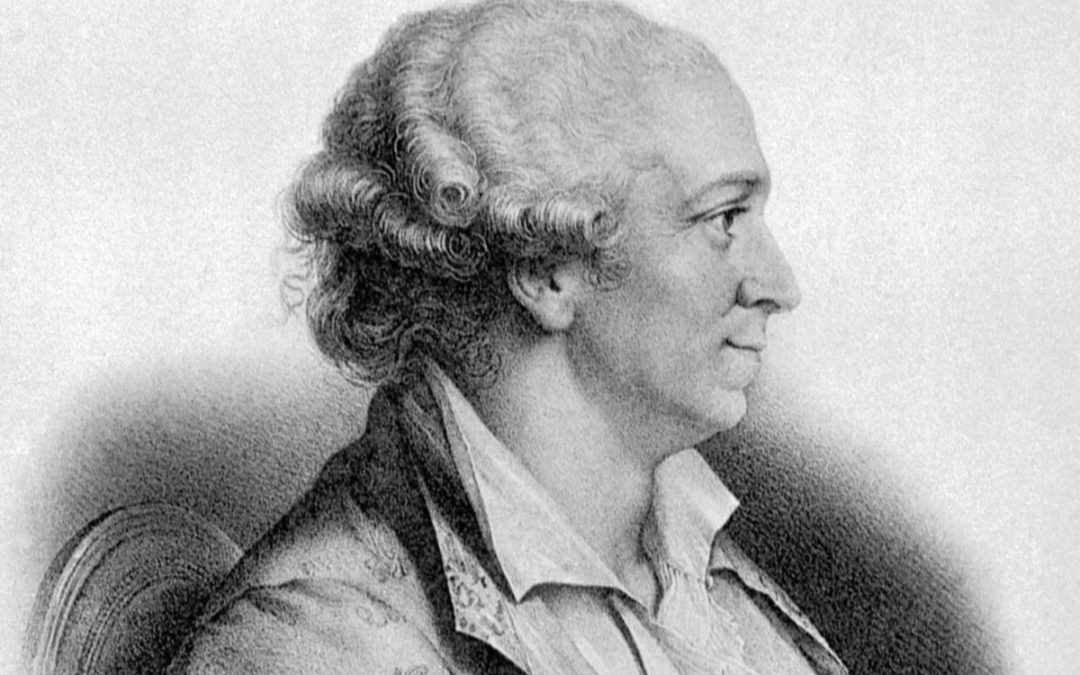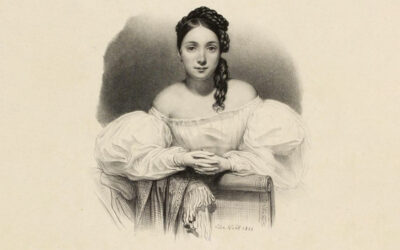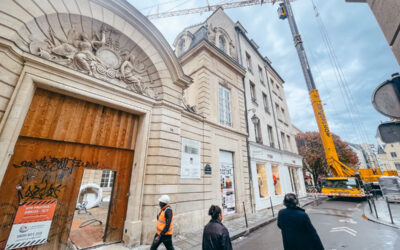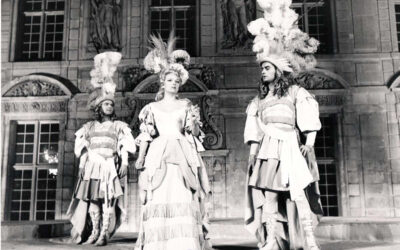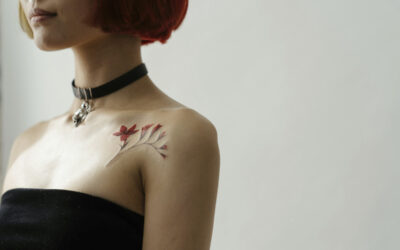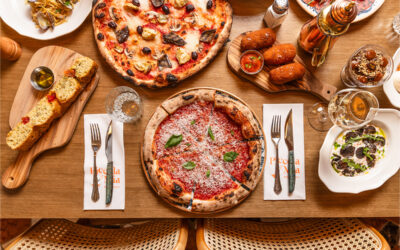Portrait of Pierre-Augustin Caron de Beaumarchais
On January 13, 1791, under the Revolution, a law appeared which decreed the freedom of theaters: anyone could now open a performance hall in France and perform the plays of their choice – something unthinkable under the Monarchy.
In the Marais, the news was greeted with enthusiasm by a few enlightened “theater people”, including Beaumarchais, the illustrious author of The Barber of Seville. Beaumarchais is a “celebrity” in the neighborhood: he has lived there for a long time and, shortly before the Revolution, even had his extraordinary residence built, unfortunately no longer there, along the boulevard which now bears his name.
The six actor-authors, headed by Langlois de Courcelles, a “defector” from the Comédie-Italienne, set their sights on land located rue de Sévigné (near number 11). They acquired part of the former property of the Poulletier family, confiscated during the Revolution and, on the site, asked the architect Guillaume Trepsat, a student of Blondel, to build a theater that could accommodate up to 1500 spectators.
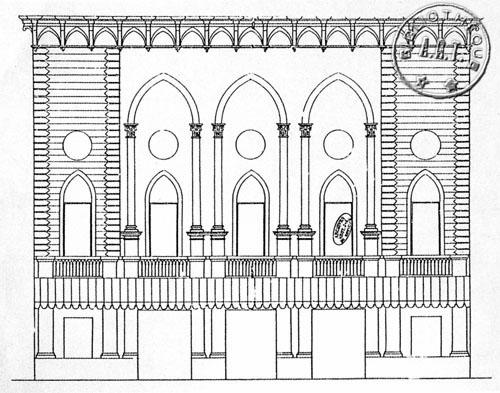
Facade of the Beaumarchais theater, ©Archives Nationales
The project is launched, financed by Beaumarchais, main sponsor. Construction was rapid: a few months after the promulgation of the law, the building was completed – for the record, stones from the Bastille were reused here.
The building built by Trepsat obeys the fashions of the time: inside, a large Italian-style room, with parterre, bathtubs and balconies, welcomes the public; outside, a white facade of classical inspiration, with antique pilasters and columns, marks the building from afar. Trepsat, however, knows how to be original: he gives his windows and their railings an ogival shape, called “cathedral”, borrowed from the Middle Ages.
On the day of the inauguration, August 31, it was Piron's Métromania which “opened the ball”. Subsequently, Beaumarchais regularly performed several of his works there. He also created La Mère Guilty there in August 1792.
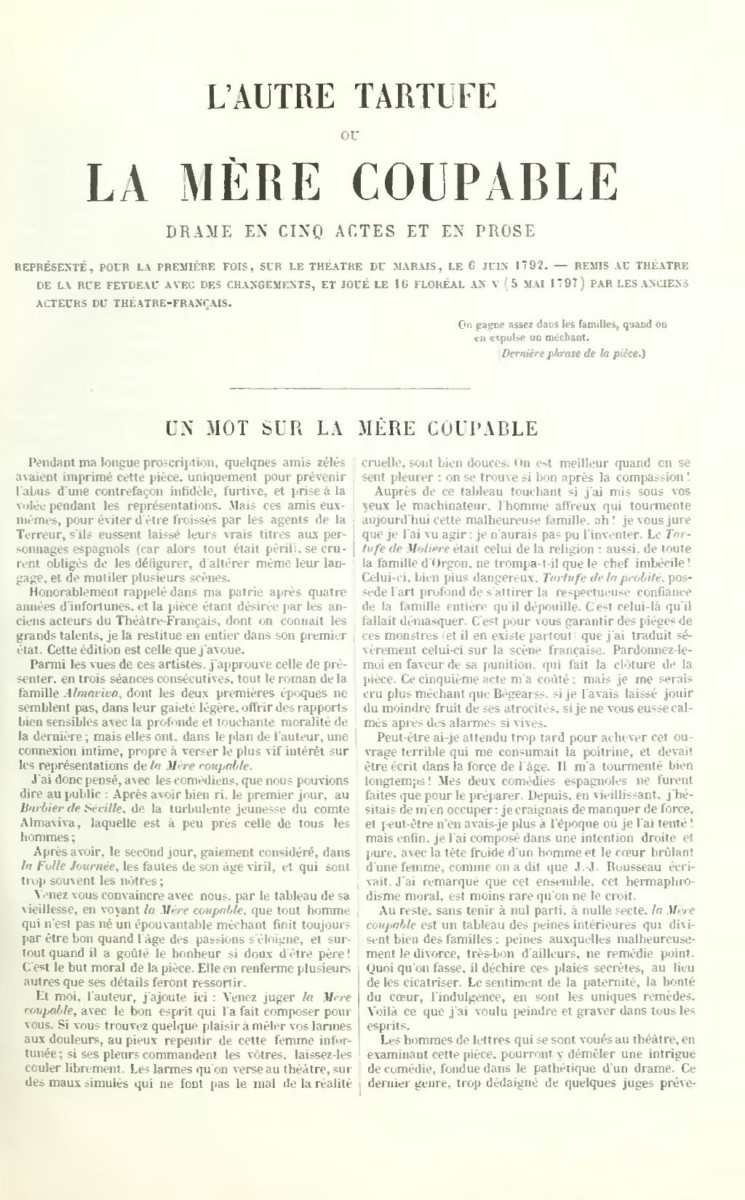
Somehow, the “Théâtre du Marais” survived the Revolution. It is the Empire that causes its fall. In 1807, Napoleon restored the old order: except for eight “official” performance halls, all Parisian theaters were closed. 11 rue de Sévigné then became an annex of the Société des Pompes funèbres, which already occupied the adjacent building (the current fire station), then a bathing establishment, mentioned by Hugo in Les Misérables. The Italian-style room has since been destroyed; only the facade remains in place, although much altered, as we can still see it today.
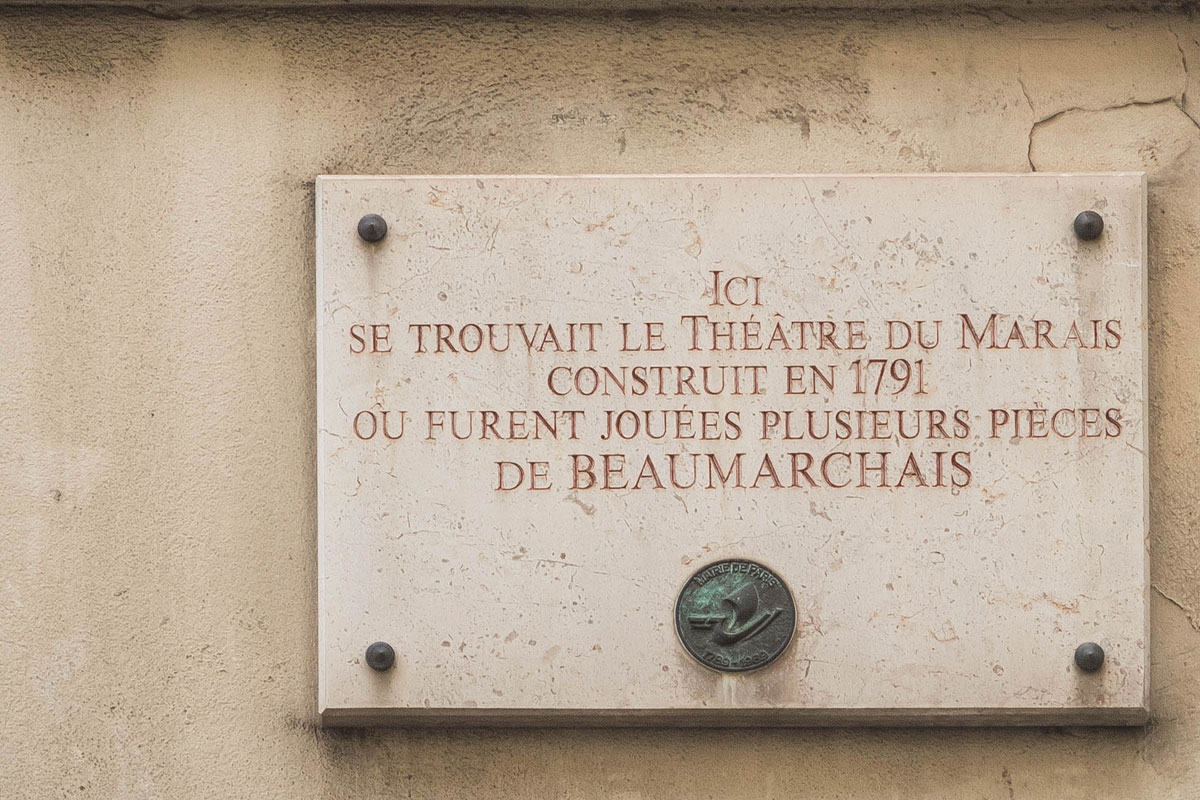
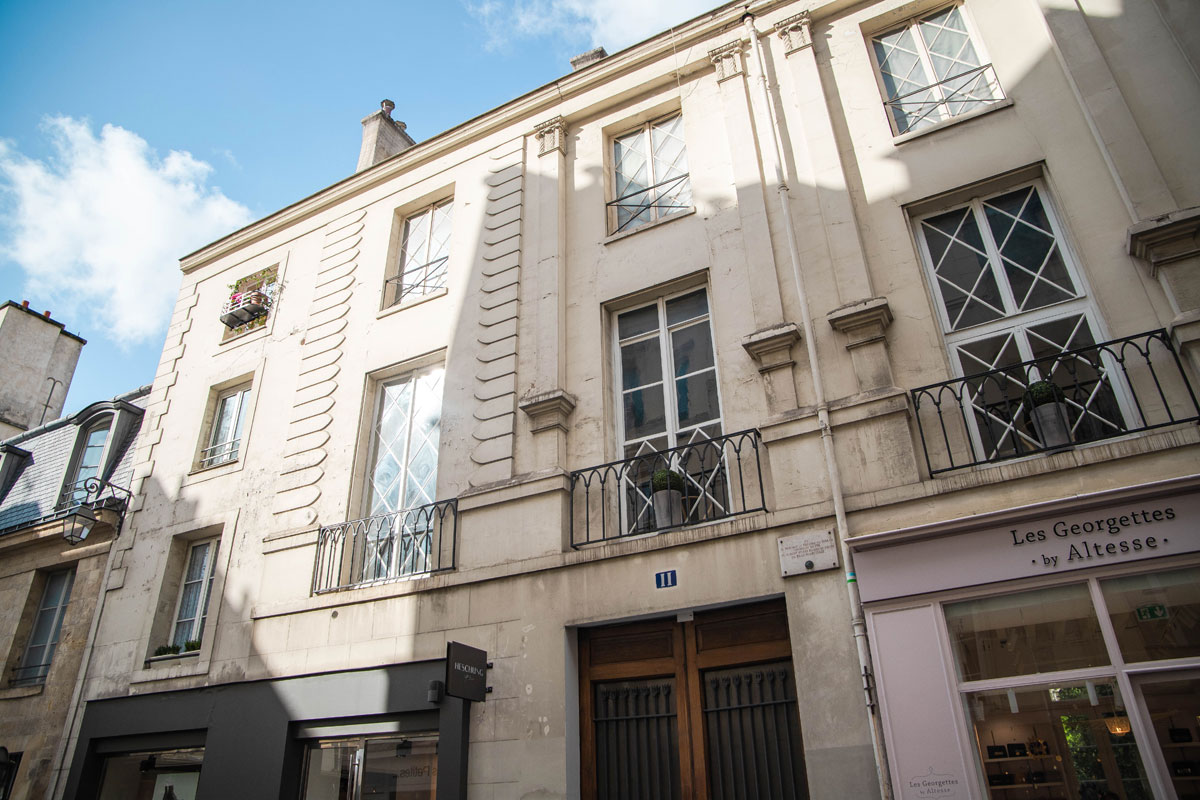
FOR PASSIONATES OFUS
Juliette Drouet actress, muse and mistress of Victor Hugo
At 14 rue Sainte-Anastase, from 1836 to 45 and at 12 from 1845 to 48, a few hundred meters from Place des Vosges, lived the muse and lover of Victor Hugo, Juliette Drouet née Julienne Gauvain.
Rue Vieille-du-Temple: the fabulous construction site restarts
A luxury hotel will be created at the end of the work. On the ground floor, the old stables and carriage houses will house the restaurant on the large courtyard, while the first courtyard, on rue Vieille-du-Temple, will feature two businesses continuing its 19th century layout.
The Marais festival, a fabulous story
The Festival du Marais dates back to a time that those under 60 cannot know. However, this leading artistic event was for a long time one of the most popular cultural events in the capital. For a quarter of a century, from 1962 to 1987, this unique festival…
NOW ON THE MOOD MARSH
The best tattoo parlors in Marais
Tattooing, an age-old practice, has long been the prerogative of convicts, dock workers, the underworld and sailors. Although it has become democratized, now affecting all profiles and concerning one in five French people, including 16% women compared to 10% men, it still remains taboo due to its definitive and transgressive nature.
Juliette Drouet actress, muse and mistress of Victor Hugo
At 14 rue Sainte-Anastase, from 1836 to 45 and at 12 from 1845 to 48, a few hundred meters from Place des Vosges, lived the muse and lover of Victor Hugo, Juliette Drouet née Julienne Gauvain.
Piccola Mia, the pizzas of the Republic
On the Place de la République, a brasserie with Italian accents has just opened, which quickly made people forget the old Pizza Pino. Welcome to Piccola Mia, the fruit of the joyful encounter between Italian chef Denny Imbroisi, pizza chef Julien Serri and mixologist Matthias Giroud who creates a creative cocktail menu.

